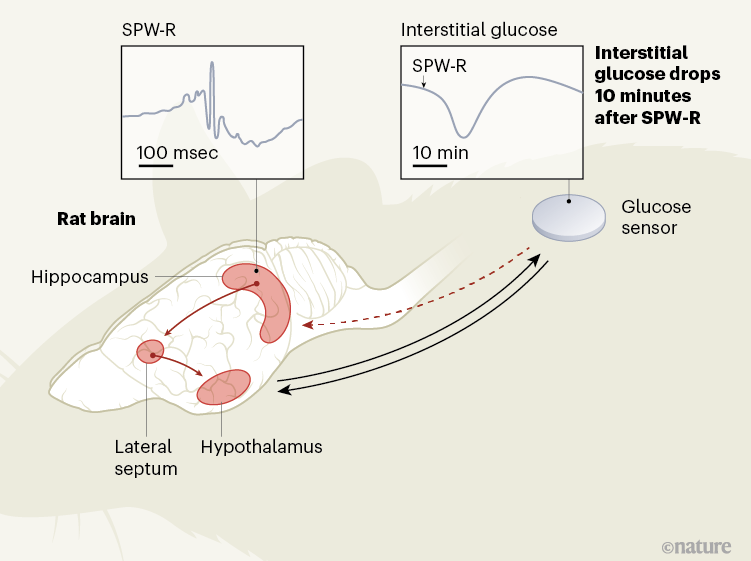AbstractThe tendency to reflect on the emotions of self and others is a key aspect of emotional awareness (EA)—a trait widely recognized as relevant to mental health. However, the degree to which EA draws on general reflective cognition vs. specialized socio-emotional mechanisms remains unclear. Based on a synthesis of work in neuroscience and psychology, we recently proposed that EA is best understood as a learned application of domain-general cognitive processes to socio-emotional information. In this paper, we report a study in which we tested this hypothesis in 448 (125 male) individuals who completed measures of EA and both general reflective cognition and socio-emotional performance. As predicted, we observed a significant relationship between EA measures and both general reflectiveness and socio-emotional measures, with the strongest contribution from measures of the general tendency to engage in effortful, reflective cognition. This is consistent with the hypothesis that EA corresponds to the application of general reflective cognitive processes to socio-emotional signals.
Introduction
Trait differences in emotional awareness (EA) have been the topic of a growing body of empirical work in psychology and psychiatry. Individuals with high EA report granular emotional experiences and perceive similar experiences in others, often promoting more adaptive social and emotional functioning (for a review, see
1; for related work, see
2). Current theoretical models posit that the tendency to consciously reflect on the emotions of self and others (e.g., their causes, associated sensations, and how they can be regulated) is a key aspect of EA
3, as well as of related constructs such as emotional intelligence
4,
5,
6,
7 and alexithymia
8,
9,
10. As measured by the Levels of Emotional Awareness Scale (LEAS;
11,
12), multiple studies suggest that EA is an important determinant of adaptive emotional functioning. High EA has been linked to emotion recognition abilities and openness to experience, among other adaptive skills
11,
13,
14,
15,
16,
17,
18,
19. Low EA has also been associated with multiple affective disorders
20,
21,
22,
23,
24,
25. The neurocognitive basis of EA is also an important question within both basic science and clinical research, with a growing number of studies on its developmental basis
16,
26,
27 and neural correlates (e.g., for a review, see
28; for more recent studies, see
23,
29,
30,
31,
32,
33,
34,
35,
36,
37).
One important unanswered question pertains to the degree to which the tendency to reflect on emotion in EA depends on domain-general reflective cognitive processes vs. specialized socio-emotional mechanisms. Some models make strong distinctions between emotional and cognitive processes and suggest that the brain contains specialized emotional mechanisms
38,
39; and some neuroscientific studies also suggest the presence of brain regions selectively engaged by social cognition
40,
41,
42,
43,
44. In contrast, other cognitive and neural models suggest less separability between socio-emotional and cognitive process
1,
45,
46,
47,
48,
49. In a recent review
50, we drew on work within evolutionary, developmental, and cognitive neuroscience to argue that EA may have an important dependence on domain-general cognitive processes.
Specifically, EA appears to require holding emotional information in mind, integrating it with other available information in perception and memory, and using this information to reflectively plan adaptive courses of action (especially in social situations). While these abilities may be constrained by cognitive capacity (e.g., working memory span, IQ;
32), it is suggested that trait differences in EA may further depend on the tendency to engage these reflective processes, independent of whether latent cognitive capacity is high or low. In this view, EA involves the application of effortful cognitive processes to emotion-related information (e.g., interoceptive information within oneself, facial, postural, and vocal cues in others, context cues, etc.), which may be facilitated during development by prepared learning and automatic attention biases toward socio-affective signals. The domain-general processes under discussion are “reflective” in the sense that they operate on mental contents in an integrative, slow, and deliberate manner—often reducing the chances of responding maladaptively in emotionally charged situations. However, the degree to which EA depends on domain-general reflective cognitive processes requires further empirical testing.
READ MORE...










